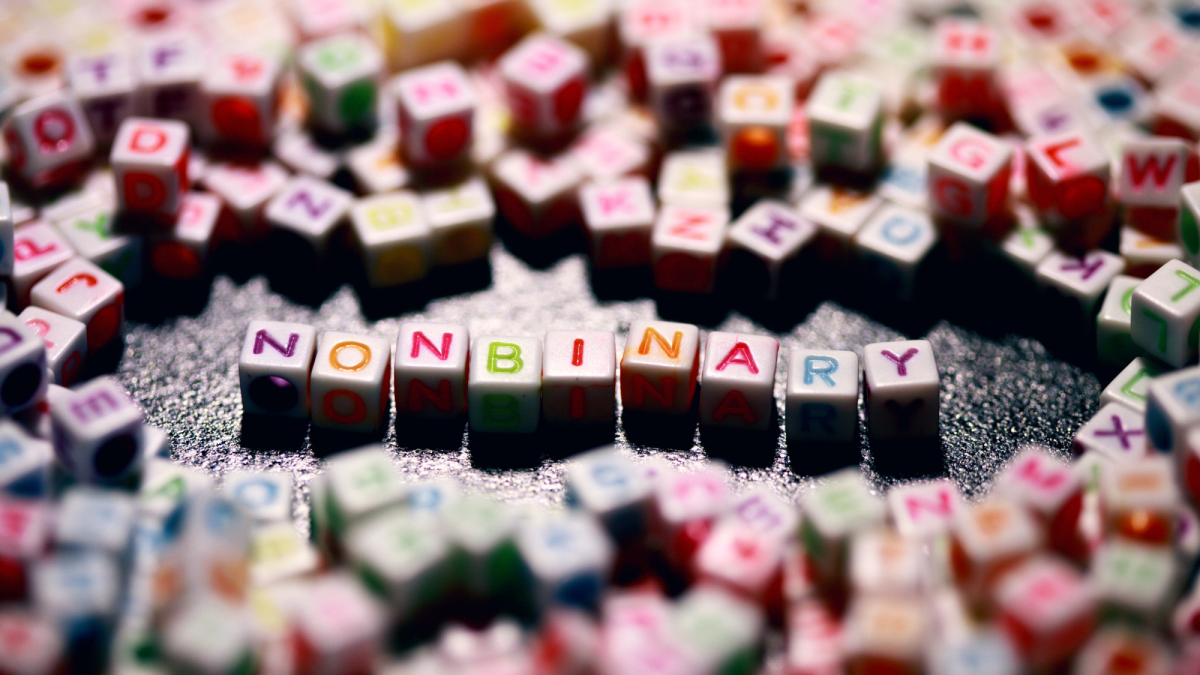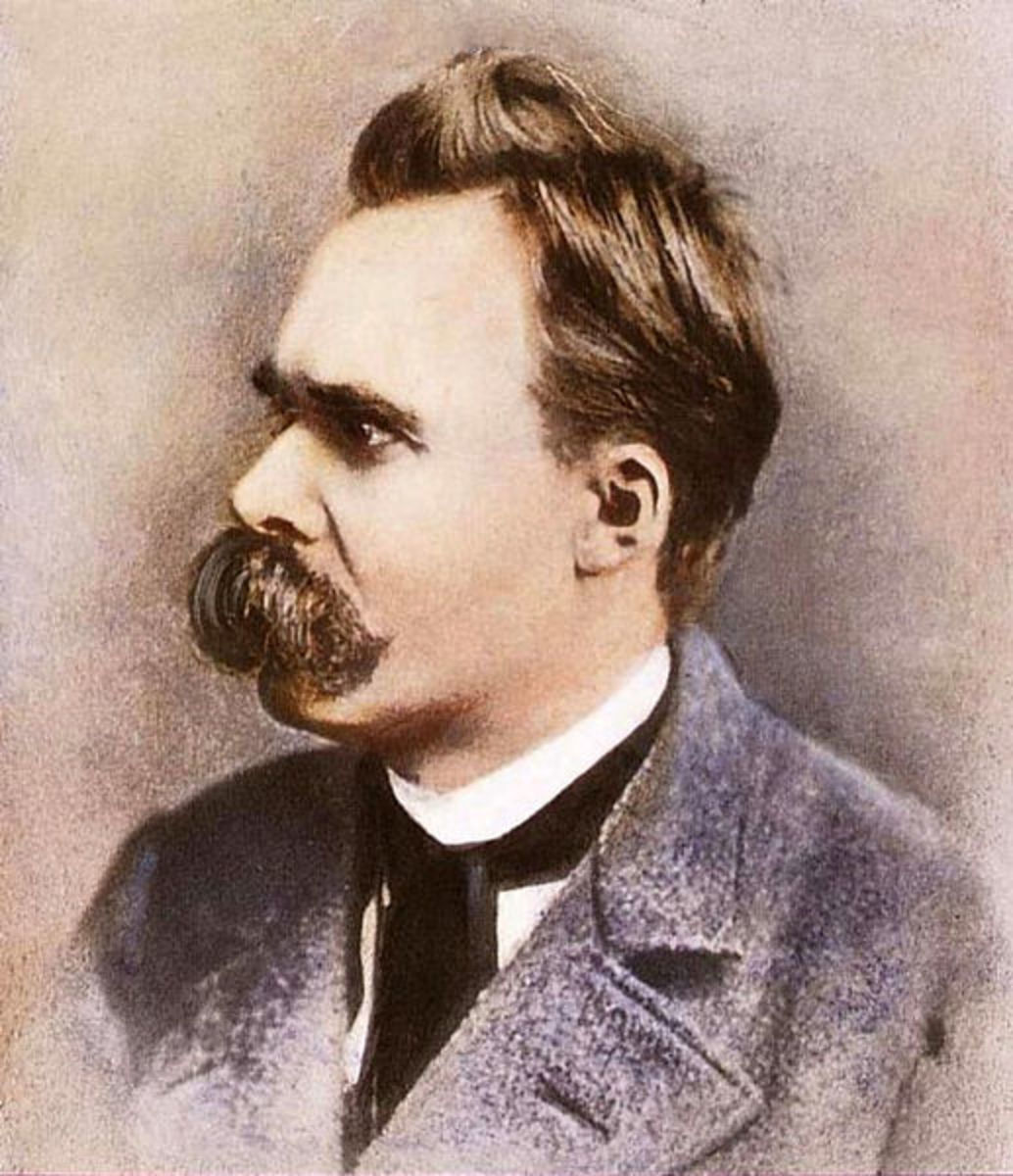Non-Attachment
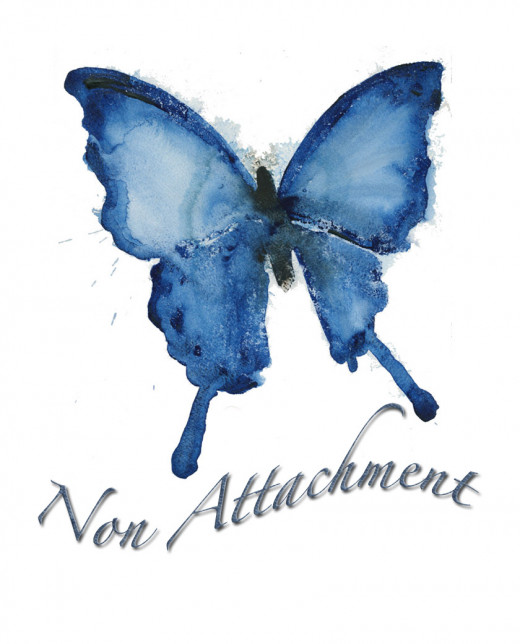
What is it?
What is non-attachment and what is it NOT? The opposite of non-attachment is - of course, attachment. So the consideration is what these terms actually mean to the person and what are their effects on the person's really living life.
Why, one wonders, are we considering these things? Read on. . .

Same hub,~ updated.
Note: This hub is an update of one of my earliest hubs, first published early in March, 2010 after I joined HP in late February. It expressed my long-standing awareness of and personal regard for the subject of non-attachment, which isn't a typically basic "Western Hemisphere" viewpoint, in which 'accumulation' of possessions is not only an accepted value, but almost is considered a virtue, which is evidenced and rewarded by the obvious show of possessions.
My personal concept of detachment felt natural because I'm not a very 'clingy' person. It's not a religious viewpoint for me, but the most practical and fulfilling view for me personally.
Even so, the general following of this principle beyond my own experience has much merit which needs to be brought to my hub, as best I can.

Attachment
What about attachment? Most of us consider it a part of life. We're attached to our 'stuff', our mementos, our loved ones. We're attached to our pets. We're attached to our intellctual pursuits and special interests. When it's snowing, we're attached to our snow-removal tools! When we're feeling 'icky', we're attached to our remedies - - - - and on and on. You can fill in the missing attachments. They're not good or bad in themselves, by the way.
But it's when our attachments become obsessive and take center-stage to the exclusion of other nourishing considerations that they can become crippling limitations. Let's repeat that:
It's when our attachments become obsessive and take center-stage to the exclusion of other nourishing considerations that they can become crippling limitations.
If they become exaggerated seeking and clinging to the objectives, they command so much of our mental and physical energy, not only in their acquisition, but followed by extreme hanging on to and keeping the attachments to such extent that when life's vicissitude disrupt one's expectations for incessantly HAVING them, - suddenly depression and mourning for their loss set in and take over one's peace of mind. The vicissitudes may include others' changes of heart, our own choices which backfire, accidents, even effects of weather and states of the union. Whatever disrupts one's focus on exaggerated attachments becomes the enemy of one's peace and joy, and further futilely focuses life-energy on those or other substitute attachments. A vicious circle of desire and disappointment develops -- without realizing simple facts and truths involved.
In such a state, the mind never rests - - and never finds fulfillment, - as long as the grasping-for something rules one's life. One knows it's happening though may not acknowledge it.
Grasping
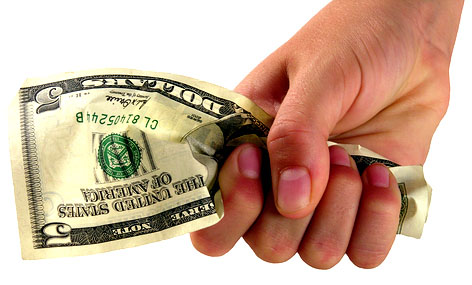
Defining the problem - looking at the solution
Why is this so? Why do it? Is it conditioning?
Well, attachment in this sense and at this level is a seriously wrong mental perception of reality. It may be focused on an object or a person or some other obsessive objective whic we imbue with unrealistic expectations which don't exist here or elsewhere, therefore can't and won't be fulfilled; resulting in disappointment, discouragement, depression, - or even seeking any kind of phony escape, including futile retaliation against the perceived interferences.
Unfortunately, this misperception, ergo, mistake, haunts our society. Where does it end?
Defining the problem:
“The reason many people in our society are miserable, sick, and highly stressed is because of an unhealthy attachment to things they have no control over.”
Is there a solution or remedy? If so, what would it be?

“When a thing becomes indispensable it's time to give it up.”
Wow! So why don't we, when we're miserable because of attachment to it? Good question, one which many a psychologist and abuse-counselor would love to clarify, surely!

Even thoughts can become debilitating exaggerated attachments
We can become addicted to and obsessed by thoughts and concepts as well as things and people. It's not to WHAT we become attached, but how and to the extent of our attachment. The line is that there's a healthy BALANCE; our challenge is to self-examine and learn to discern the difference within our own attitudes, to be aware of where healthy leaves off and pathetic/pathological begins!
A first principle is to recognize the transience of our own awareness, which is natural. Those concepts WORTH keeping stay because they're real but not attachments. Those we're fiercely determined to hang onto, to possess, in spite of common sense and inner balance are those which often become obsessively unhealthy pursuits.
“A thought is harmless unless we believe it. It’s not our thoughts, but our attachment to our thoughts, that causes suffering. Attaching to a thought means believing that it’s true, without inquiring. A belief is a thought that we’ve been attaching to, often for years.”
So - we need to calmly and routinely 'examine our verities to see if they still are'. (That's one of my own quotes. ;-) Often, they expose their own fallibility if we're alert and willing to see. Most of us have experienced it in action, but we've not all 'gotten the message' for life-practice. So the lesson may need repeating. . . . so we can get it while we're still here, in the 'classroom', so to speak:
“Mostly it is loss which teaches us about the worth of things.”

Non-attachement
Non-attachment is easily misunderstood, especially in our society. It's often equated with passivity or some 'otherworldly', out-of-touch monastic life-style, which is viewed as an unacceptable dedication to idealistic, ritualistic discipline and relinquishment of the best things in life.
Nothing is more opposite. In fact if it were that strict and rigid, it would illustrate exaggerated ATTACHMENT itself!
I hope its real meaning and application will be clarified. I don't represent myself as its messenger. If one simply honestly examines what is controlling one's life, with the results, and sees beyond preconceptions, it's not difficult to see it for oneself.
Read on. . . .
Letting go
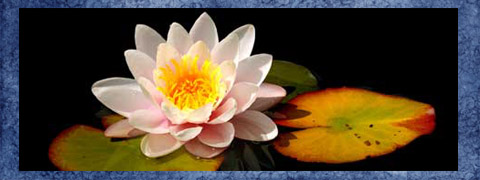
Detachment, or non-attachment, a state of being in which a person overcomes attachment to the frantic desire for and grasping things, people or concepts, so as to be able to aspire to heightened awareness and perspective of what LIFE is.
It's similar to peeling off the dead, dry outer layers, as with an onion, and getting to the inner bud of crisp, moist reality and life.
I seldom quote scripture, but it embodies much practical, applicable wisdom. This is one which has been a beacon to me for many years. However one may 'see' god, guidance or best goodness, it defines releasing non-attachment to futile things and finding what is workable and superior:
"Be not conformed to this world: but be transformed by the renewing of your mind, that ye may prove what is that good, and acceptable, and perfect, will of God."
___Romans 12:2

“Detachment means letting go: nonattachment means simply letting be.”
___Stephen Levine

Loving and being separate or non-attached
- Holding love lightly and openly allows it to breathe, grow deeply and LIVE abundantly.
- Clutching love, trying to possess it forces it to seep out between the fingers like a handful of sand being squeezed.
Kahlil Gibran said it well in The Prophet, in 'On Marriage':
. ."Let there be spaces in your togetherness, and let the winds of the heavens dance between you. Love one another but make not a bond of love: Let it rather be a moving sea between the shores of your souls. Fill each other's cup but drink not from one cup. Give one another of your bread but eat not from the same loaf. Sing and dance together and be joyous, but let each of you be alone, even as the strings of a lute are alone though they quiver with the same music. Give your hearts, but not to each other's keeping. For only the hand of Life can contain your hearts. And stand together, yet not too near together: for the pillars of the temple stand apart and the oak tree and the cypress grow not in each other's shadow."





